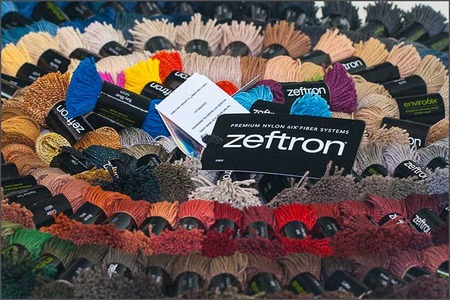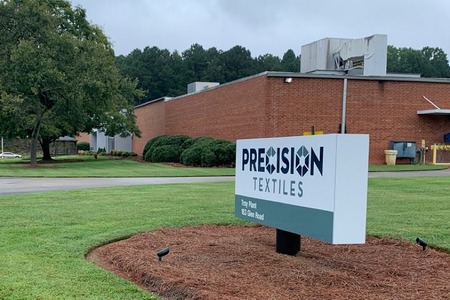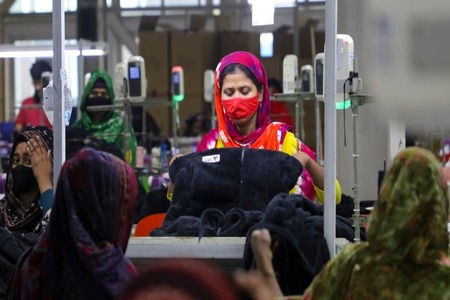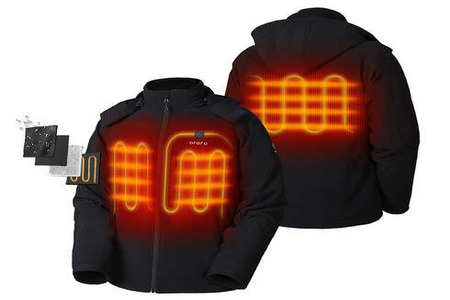
Advance textiles recycling in Finland
YarnsandFibers News Bureau 2019-09-19 13:10:00 –A new infrared-based technology promises to give textiles recycling a giant leap forward by replacing manual sorting with an automated method, according to its developers.
Southwest Finland-based recycling firm LSJH has developed technology for sorting waste textiles in collaboration with the Lahti University of Applied Sciences and materials sensor equipment manufacturer Spectral Engines.
"Recognition technology based on an infrared sensor is familiar in sorting plastic packaging, but it is new in textile recycling," LSJH project engineer Jaakko Zitting, who had a hand in developing the technology, said in a statement.
LSJH is currently in the pilot phase of a processing plant that aims to accelerate the textile circular economy. The goal is to create a facility that will be able to use the new infrared sensor to process all discarded textiles from Finland as well as textile waste from abroad.
Reliable textile recognition key
So far waste textiles have been manually sorted in Finland as well as in other parts of Europe. This means that workers have checked labels to identify different kinds of materials. However labels can be inaccurate or may even be missing. This becomes problematic given that industries using recycled fibres to manufacture new products need to be certain of the raw material they are using.
The optical recognition technology currently under development will improve the reliability of identification of fibres in fabrics and will help ensure better quality textile products, LSJH said in the statement.
The recycling firm will deploy the new technology to sort waste textiles starrting this autumn. Different fibres will be used for different products, with better quality material reserved for thread that could be used to manufacture new clothing. Recycled fibre can also be used for purposes such as composite products or even insulation material.
However collecting and processing waste textiles would be futile if there isn’t sufficient demand for recycled fibres.
"Textile recycling is only possible if the entire textiles value chain is aligned with the circular economy, in other words if we use [recycled] fibres to bring new products to market. It is therefore of utmost important to find new businesses that want to utilise recycled fibres to develop new products," LSJH project leader and circular economy specialist Sini Ilmonen noted.
Funding for the processing plant was provided by municipal waste facilities and the Ministry of Employment and the Economy. Additionally, public funding agency Business Finland contributed a 1.5-million-euro investment grant.
Courtesy: Yle
Market Intelligence
Ask for free sample Report

experience
Customer Base
dedicated team
Countries Served Worldwide









